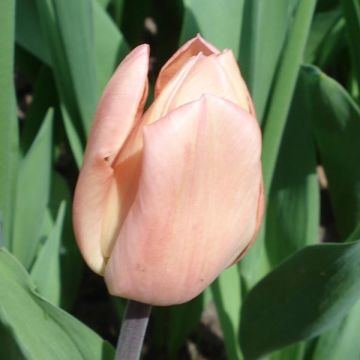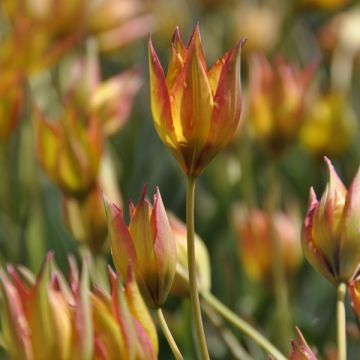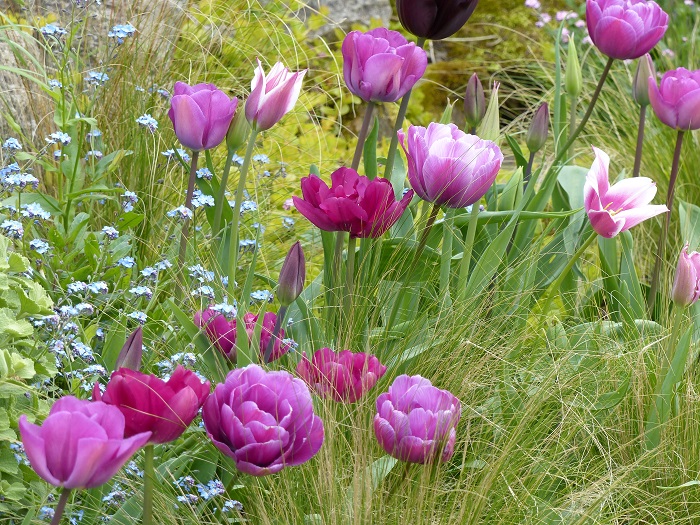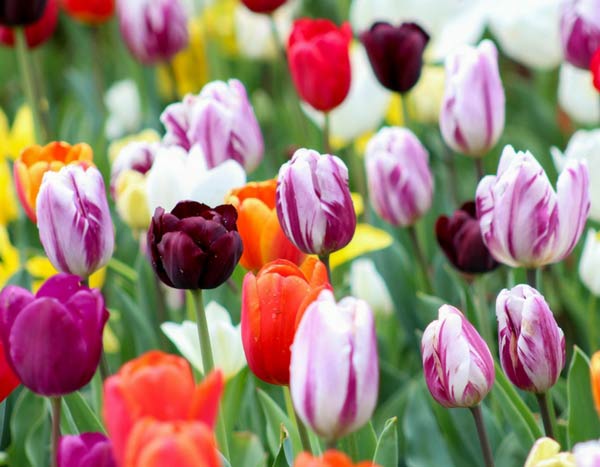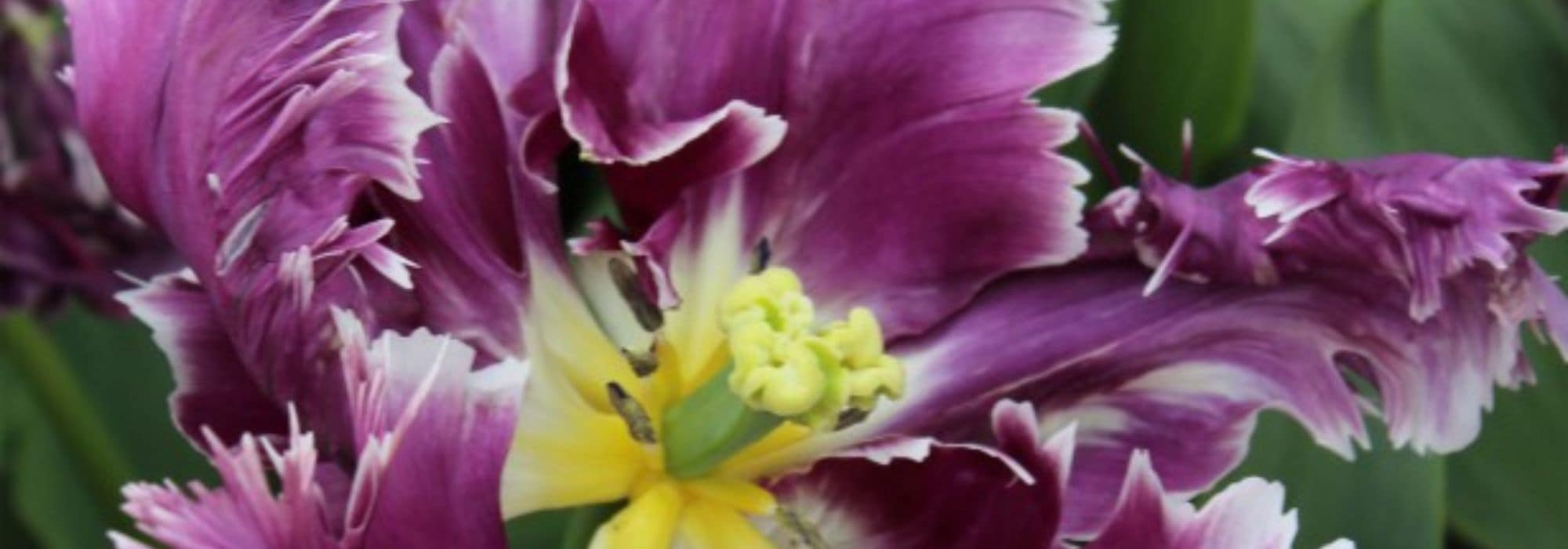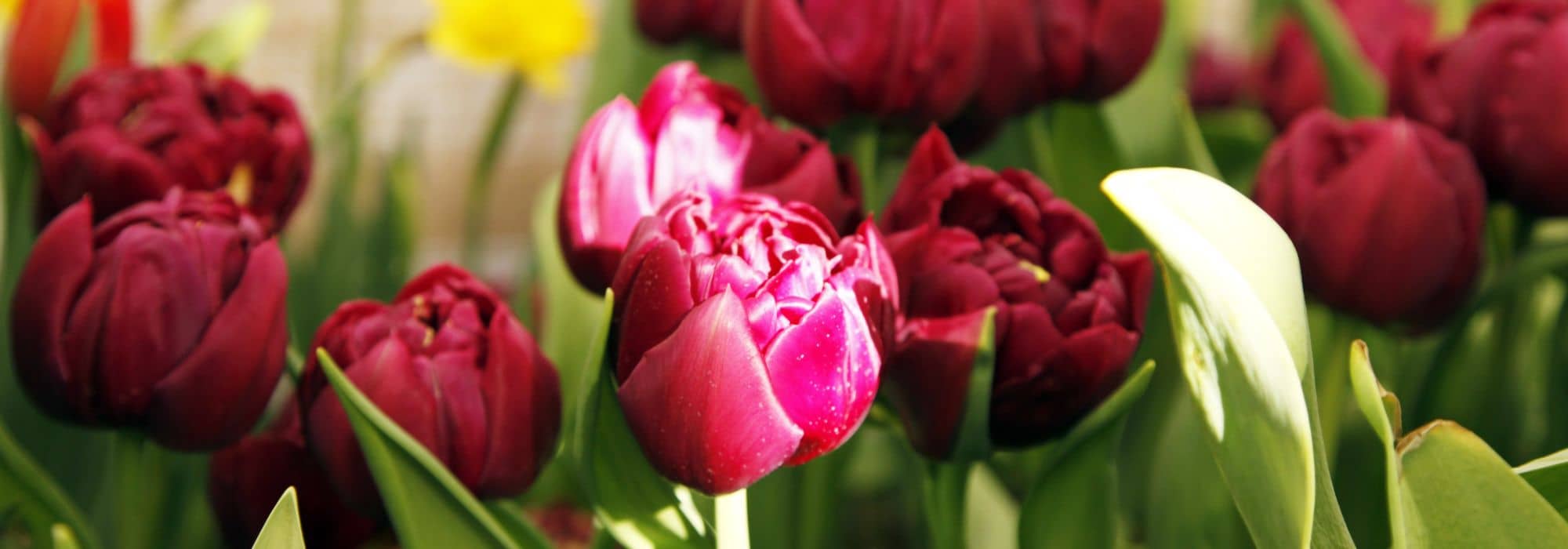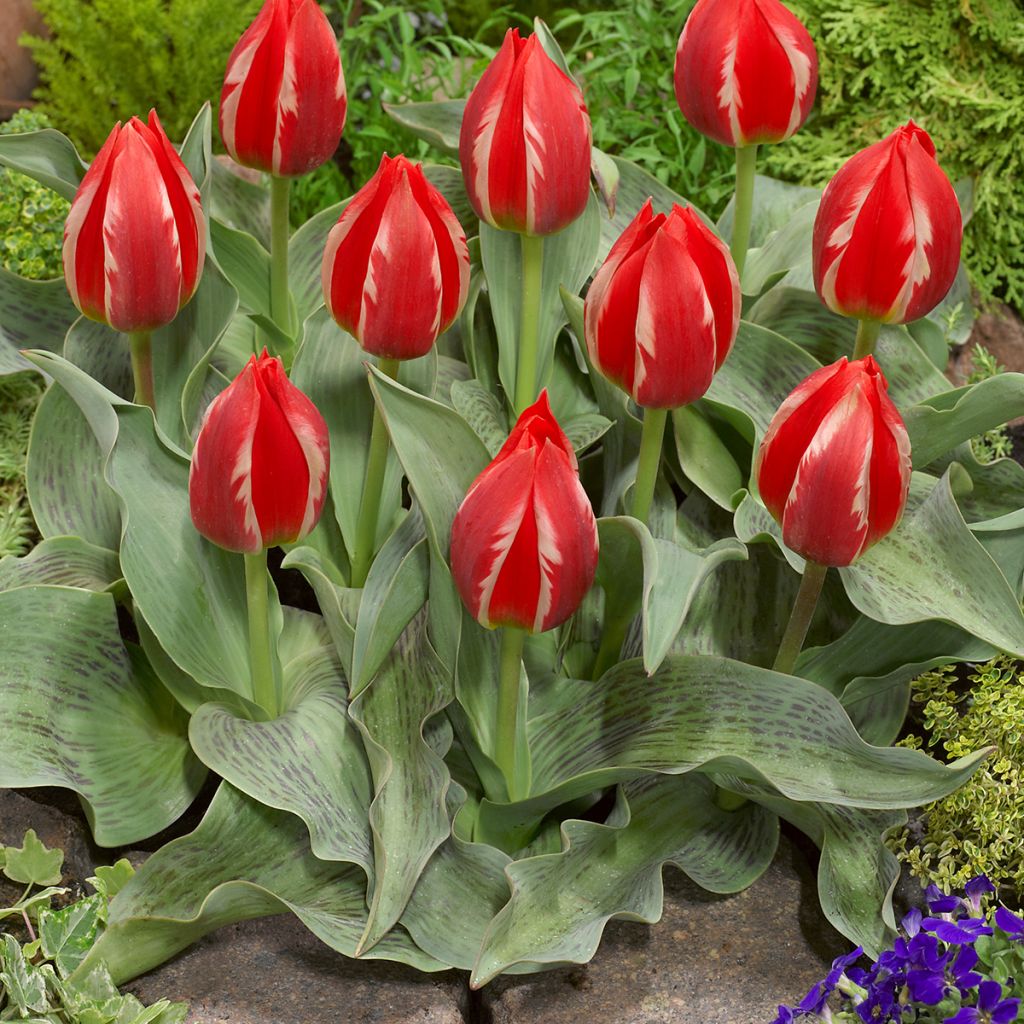

Tulipa greigii Friendly Fire
View more pictures
Hide images
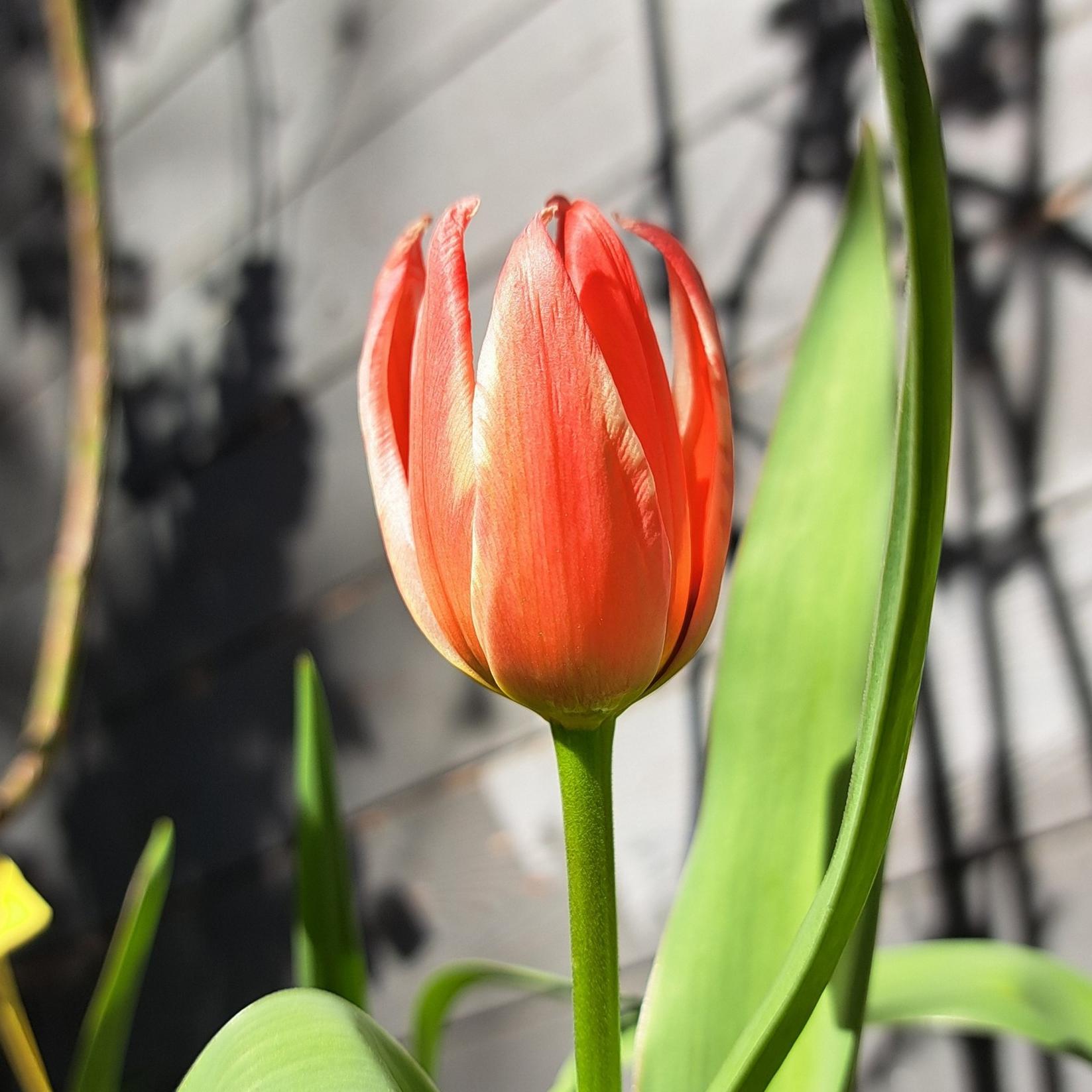
Thierry P.

Flowering from March - image 05
Thierry P. • 84 FR
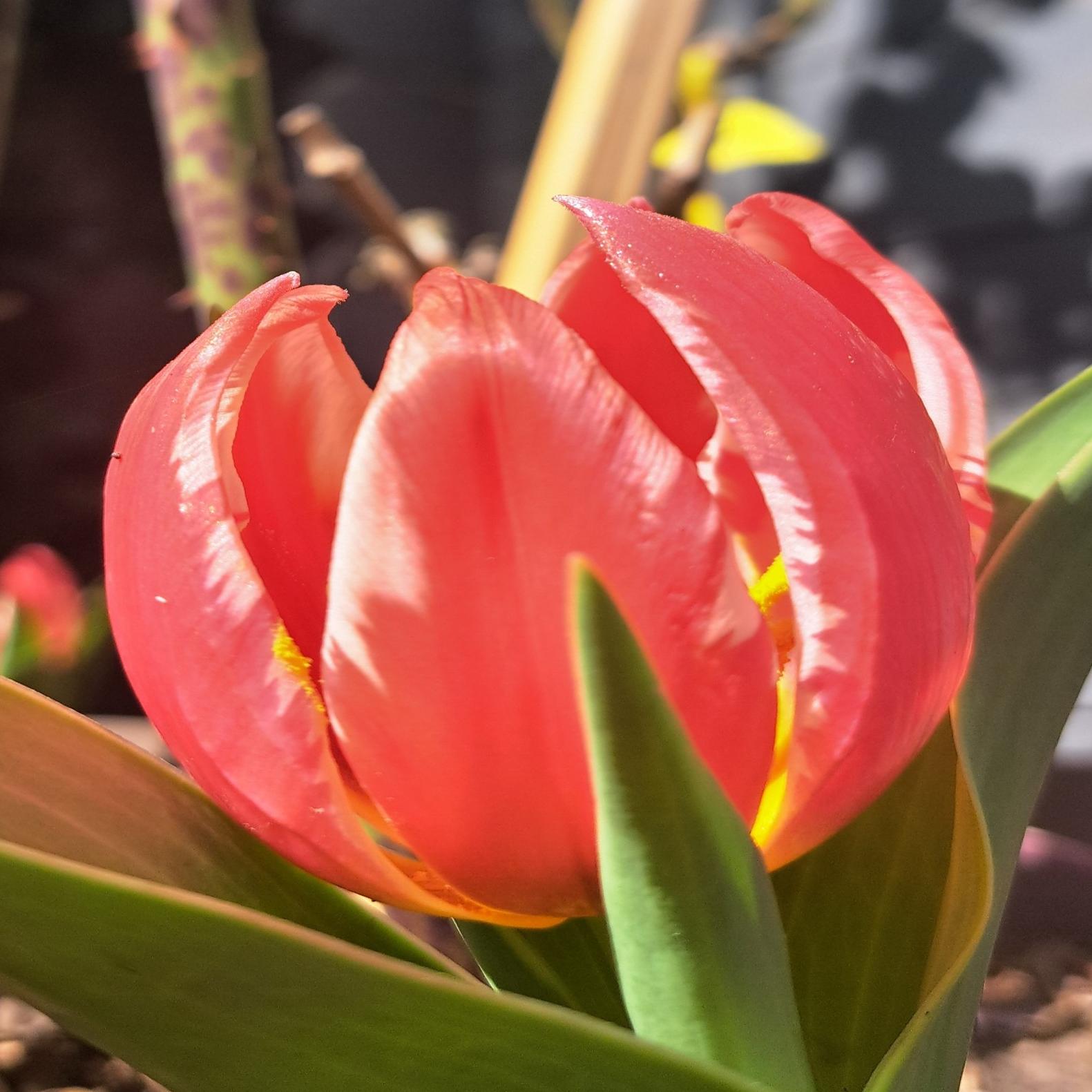
Thierry P.

Flowering from March - image 02
Thierry P. • 84 FR
Tulipa greigii Friendly Fire
Tulipa greigii Friendly Fire
tulip
The bulbs I received seem healthy. Planted near red roses. Now I'm waiting for them to grow...or not?
Thierry, 08/12/2023
Special offer!
Receive a €20 voucher for any order over €90 (excluding delivery costs, credit notes, and plastic-free options)!
1- Add your favorite plants to your cart.
2- Once you have reached €90, confirm your order (you can even choose the delivery date!).
3- As soon as your order is shipped, you will receive an email containing your voucher code, valid for 3 months (90 days).
Your voucher is unique and can only be used once, for any order with a minimum value of €20, excluding delivery costs.
Can be combined with other current offers, non-divisible and non-refundable.
Why not try an alternative variety in stock?
View all →This plant carries a 6 months recovery warranty
More information
We guarantee the quality of our plants for a full growing cycle, and will replace at our expense any plant that fails to recover under normal climatic and planting conditions.
Would this plant suit my garden?
Set up your Plantfit profile →
Description
The Tulip Greigii 'Friendly Fire' is a low-growing variety with early flowering, and its large flowers display a vibrant colouration of red finely streaked with creamy white. From March onwards, they bloom amidst a nest of delicately marbled dark purple leaves. With excellent performance in flower beds, this bulbous plant awakens the garden after winter. Robust and reliable, resistant to summer drought and undemanding, it returns each year. Also, consider creating beautiful pots with its bulbs to enjoy them on a windowsill!
The Tulip Greigii 'Friendly Fire' belongs to the Liliaceae family. The botanical species Tulipa greigii was the first to be cultivated from wild bulbs brought back from Uzbekistan to Germany in 1871. It is actually native to Central Asia and northeastern Iran. This plant has given rise to many cultivars, including 'Friendly Fire'. It will not exceed 15-20 cm (6-8in) in height when in bloom. Its foliage is broad, marked with purple to brown spots on a glaucous green background. The flowers appear in March, earlier or later depending on the climate. They are initially globular, then open widely under the sun. The petals are a deep carmine red to rose, irregularly streaked with white. They bloom in the sun and close when it hides. The foliage dries up after flowering, while the bulb goes into dormancy.
The botanical tulips and their closest hybrids do not degenerate over time like large-flowered tulips. They naturalise, can remain in place for several years without special maintenance, and thrive in borders and rockeries. To create colourful scenes, they can be combined with various small bulbous plants: Crocus, Allium moly, Ipheion uniflorum, Anemone blanda, small-flowered Daffodils, Muscari, Puschkinia. These tulips are unparalleled in bringing the colours of spring to pots or sunny gardens.
Tulip species are found from Western Europe to China and Japan, through Eastern Europe, Asia Minor, and Central Asia. They are also found in North Africa and India. The centre of diversity for the Tulipa genus is in the Pamir and Hindu Kush mountains and the steppes of Kazakhstan. In France, there are various native species, many of which are endangered. These are either large adventive tulips from cultivated fields, the most well-known being the Agen tulip (Tulipa agenensis), or small tulips found in wooded areas or among rocks in the mountains. In cultivation, they are called "botanical tulips," and one of the most common is the wild tulip (Tulipa sylvestris), which used to often grow sheltered by vines. Its subspecies australis is known as the southern tulip.
Plant habit
Flowering
Foliage
Botanical data
Tulipa
greigii
Friendly Fire
Liliaceae
tulip
Cultivar or hybrid
Other Botanical Tulips
View all →Planting and care
Plant the bulbs in autumn, from September to December, at a depth of 10 cm (4in), spacing them 10 cm (4in) apart. The planting should be done in ordinary soil, slightly acidic, neutral, or slightly alkaline, loose, well-worked, and well-drained. Never add undecomposed manure or compost to the planting soil, as it could cause the bulbs to rot. The tulip will thrive in moist to dry soil during summer. It especially needs water during its growth and flowering period. Plant it in a location that is sunny at least part of the day.
After flowering, their foliage becomes faded and unsightly. We recommend planting perennials in the foreground of your flower beds, as their foliage will enhance the colours of your tulips and, during the season, elegantly conceal their yellowed leaves.
Planting period
Intended location
Care
Planting & care advice
-
, onOrder confirmed
Reply from on Promesse de fleurs
Haven't found what you were looking for?
Hardiness is the lowest winter temperature a plant can endure without suffering serious damage or even dying. However, hardiness is affected by location (a sheltered area, such as a patio), protection (winter cover) and soil type (hardiness is improved by well-drained soil).

Photo Sharing Terms & Conditions
In order to encourage gardeners to interact and share their experiences, Promesse de fleurs offers various media enabling content to be uploaded onto its Site - in particular via the ‘Photo sharing’ module.
The User agrees to refrain from:
- Posting any content that is illegal, prejudicial, insulting, racist, inciteful to hatred, revisionist, contrary to public decency, that infringes on privacy or on the privacy rights of third parties, in particular the publicity rights of persons and goods, intellectual property rights, or the right to privacy.
- Submitting content on behalf of a third party;
- Impersonate the identity of a third party and/or publish any personal information about a third party;
In general, the User undertakes to refrain from any unethical behaviour.
All Content (in particular text, comments, files, images, photos, videos, creative works, etc.), which may be subject to property or intellectual property rights, image or other private rights, shall remain the property of the User, subject to the limited rights granted by the terms of the licence granted by Promesse de fleurs as stated below. Users are at liberty to publish or not to publish such Content on the Site, notably via the ‘Photo Sharing’ facility, and accept that this Content shall be made public and freely accessible, notably on the Internet.
Users further acknowledge, undertake to have ,and guarantee that they hold all necessary rights and permissions to publish such material on the Site, in particular with regard to the legislation in force pertaining to any privacy, property, intellectual property, image, or contractual rights, or rights of any other nature. By publishing such Content on the Site, Users acknowledge accepting full liability as publishers of the Content within the meaning of the law, and grant Promesse de fleurs, free of charge, an inclusive, worldwide licence for the said Content for the entire duration of its publication, including all reproduction, representation, up/downloading, displaying, performing, transmission, and storage rights.
Users also grant permission for their name to be linked to the Content and accept that this link may not always be made available.
By engaging in posting material, Users consent to their Content becoming automatically accessible on the Internet, in particular on other sites and/or blogs and/or web pages of the Promesse de fleurs site, including in particular social pages and the Promesse de fleurs catalogue.
Users may secure the removal of entrusted content free of charge by issuing a simple request via our contact form.
The flowering period indicated on our website applies to countries and regions located in USDA zone 8 (France, the United Kingdom, Ireland, the Netherlands, etc.)
It will vary according to where you live:
- In zones 9 to 10 (Italy, Spain, Greece, etc.), flowering will occur about 2 to 4 weeks earlier.
- In zones 6 to 7 (Germany, Poland, Slovenia, and lower mountainous regions), flowering will be delayed by 2 to 3 weeks.
- In zone 5 (Central Europe, Scandinavia), blooming will be delayed by 3 to 5 weeks.
In temperate climates, pruning of spring-flowering shrubs (forsythia, spireas, etc.) should be done just after flowering.
Pruning of summer-flowering shrubs (Indian Lilac, Perovskia, etc.) can be done in winter or spring.
In cold regions as well as with frost-sensitive plants, avoid pruning too early when severe frosts may still occur.
The planting period indicated on our website applies to countries and regions located in USDA zone 8 (France, United Kingdom, Ireland, Netherlands).
It will vary according to where you live:
- In Mediterranean zones (Marseille, Madrid, Milan, etc.), autumn and winter are the best planting periods.
- In continental zones (Strasbourg, Munich, Vienna, etc.), delay planting by 2 to 3 weeks in spring and bring it forward by 2 to 4 weeks in autumn.
- In mountainous regions (the Alps, Pyrenees, Carpathians, etc.), it is best to plant in late spring (May-June) or late summer (August-September).
The harvesting period indicated on our website applies to countries and regions in USDA zone 8 (France, England, Ireland, the Netherlands).
In colder areas (Scandinavia, Poland, Austria...) fruit and vegetable harvests are likely to be delayed by 3-4 weeks.
In warmer areas (Italy, Spain, Greece, etc.), harvesting will probably take place earlier, depending on weather conditions.
The sowing periods indicated on our website apply to countries and regions within USDA Zone 8 (France, UK, Ireland, Netherlands).
In colder areas (Scandinavia, Poland, Austria...), delay any outdoor sowing by 3-4 weeks, or sow under glass.
In warmer climes (Italy, Spain, Greece, etc.), bring outdoor sowing forward by a few weeks.






























